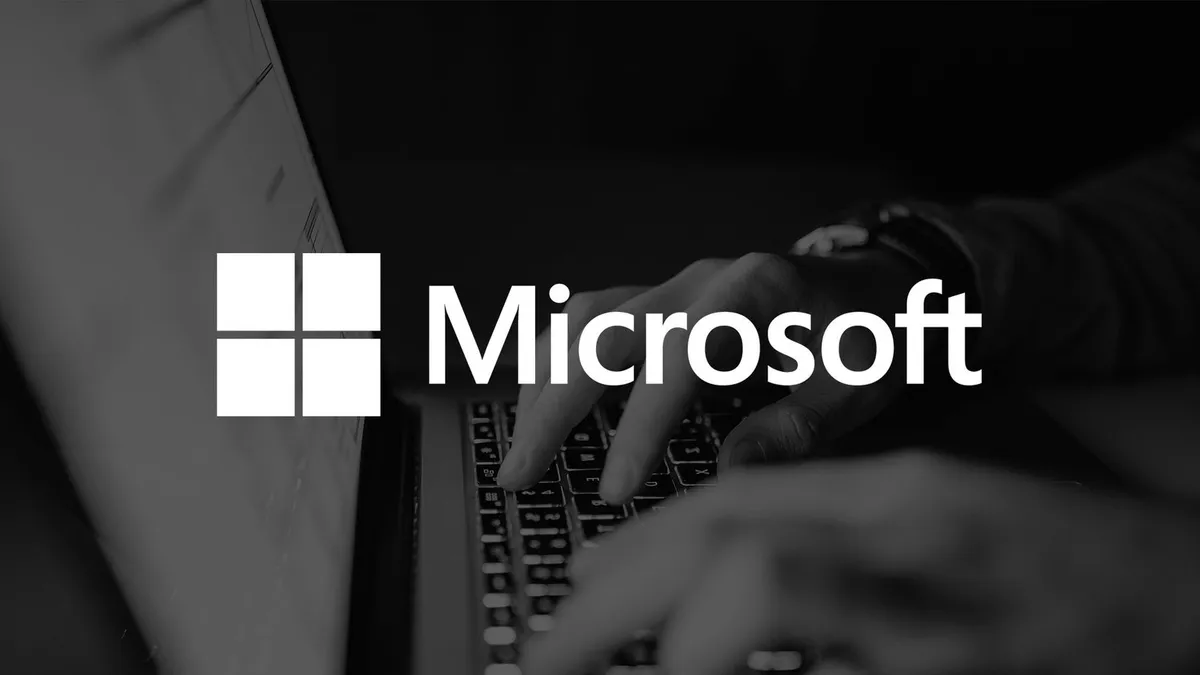Dive Brief:
-
In the public cloud more IT executives are using Microsoft Azure than Amazon Web Services, though AWS captures a larger portion of cloud spend, according to a Goldman Sachs survey of 100 IT executives from global 2000 companies.
-
Goldman Sachs found Azure is the "most popular choice" for infrastructure as a service, slightly ahead of AWS, 56 to 48 respondents, respectively. The firm anticipates Azure will outpace AWS by number of IaaS workloads in the next three years. Azure remains the dominant platform as a service choice, ahead of Salesforce.com and AWS.
-
Google Cloud saw a slight dip in respondents using its tools, though it is still higher than users' original expectations three years ago. Goldman Sachs sees upside in GCP adoption, largely creding investments from new Cloud CEO Thomas Kurian with support from Google CEO Sundar Pichai.
Naomi Eide/CIO Dive, Goldman Sachs
Dive Insight:
Microsoft CEO Satya Nadella is all in on the cloud. AWS CEO Andy Jassy is on the defense. Google Cloud wants a top cloud spot by 2023.
Industry obsesses over battles raging in the cloud wars, obscuring the reality of adoption. The market has much room to grow, which could shake up market-share standings.
For vendors, it's a matter of land and expand. Companies are experimenting with moving workloads to the cloud, yet are more reticent to migrate mission-critical workloads.
It is worth placing caveats around Goldman Sachs' survey. Respondents come from enterprise-scale organizations: 54% from companies with revenues between $1 billion and $10 billion; 26% have revenues greater than $10 billion.
Microsoft has always been a fixture of large-scale enterprises, making a home with leading companies. As the cloud gained relevance, Microsoft could shift clients toward new, cloud-based tool options.
By comparison, AWS has early roots in supporting developers and startups. Flexibility AWS could offer resonated with internet companies such as Netflix, which could capitalize on its elasticity.
Enterprise is Microsoft's "sweet spot," Abby Kearns, executive director at Cloud Foundry Foundation, told CIO Dive. When it entered the cloud game, it already boasted a robust enterprise salesforce, something Amazon has built out. Google Cloud too has made a "massive" investment in enterprise sales.
Businesses are either running, or are planning to run, across multiple clouds, including Microsoft and AWS, Kearns said.
In many cases, tool adoption will be a case of "both" rather than "either/or."
The Goldman Sachs survey found just 23% of workloads run in the public cloud, numbers which align with Forrester estimates only one-fifth of enterprise applications run in the cloud.
Companies are chipping away at migration, planning for a steady increase in cloud-based workloads. By the end of 2022, 43% of Goldman Sachs survey respondents expect to run workloads in the public cloud. Companies are starting to "confront the realities" of moving workloads and applications to the cloud, according to Goldman Sachs.

The types of workloads organizations are moving to and developing in the cloud is growing, Kearns said. "But it is a mix of both net new, greenfield applications — brand new, written for the cloud — and refactored applications."
The "vast majority of organizations are doing both," she said. The tenor of the conversation has changed; just a few years ago it was either proof of concept applications or small greenfield applications.
"We're actually starting to see more mission-critical workloads move" to the cloud, Kearns said.















